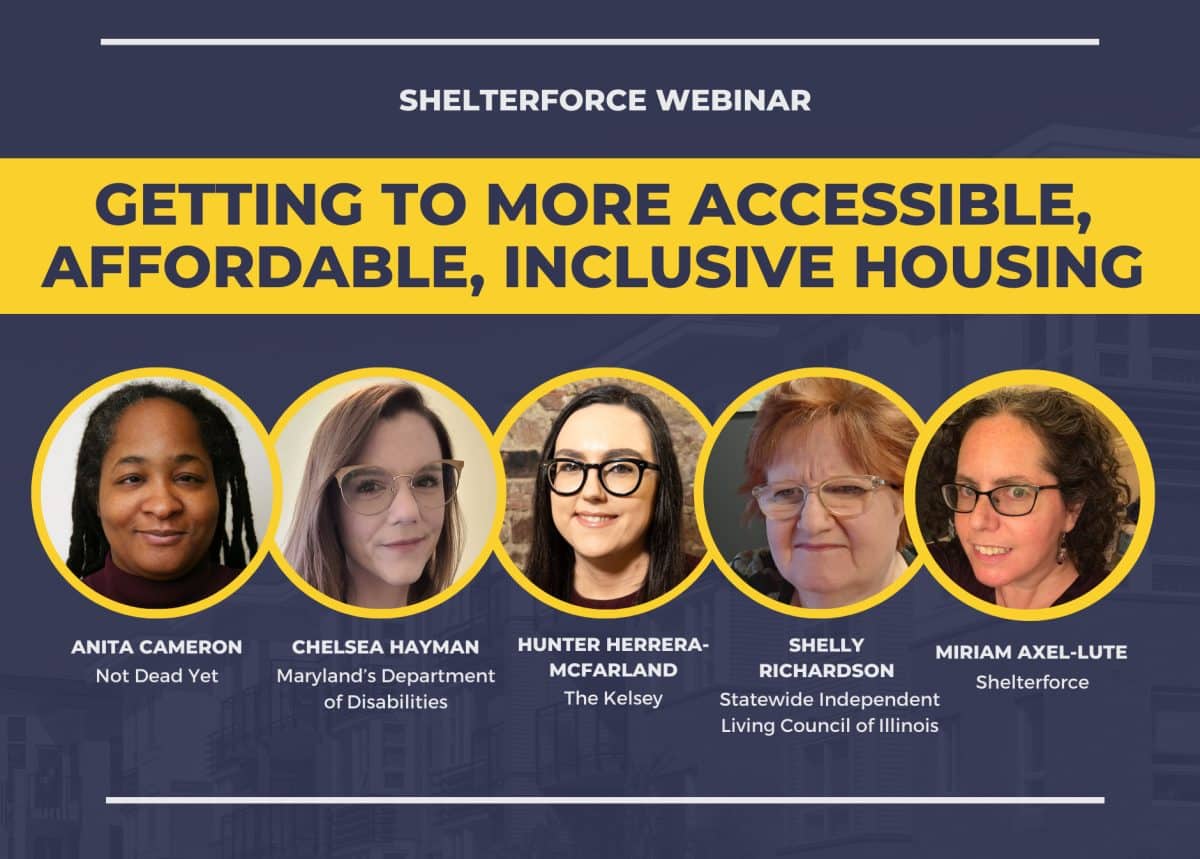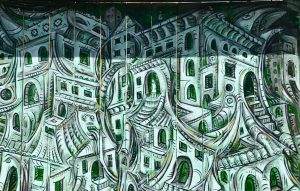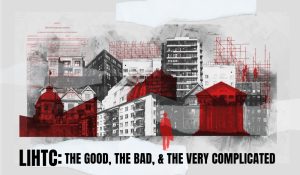
A (Much) Older Example of Social Housing Than Vienna
History often feels like a depressing account of the worst things people can do to each other. But a recent book contains reminders that nothing is inevitable, and sometimes people have done better than we’re doing now—even in terms of housing and social equity.

Targeting First-Generation Homebuyers Is a Great Way to Direct Downpayment Assistance—And It Could Be Better
The proposed program could shrink the racial homeownership gap while serving a wide cross-section of people. But it only addresses some of the results of past discrimination.

LIHTC: Are Little Changes Enough? A Shelterforce Webinar
There are reforms and expansions of Low-Income Housing Tax Credit afoot. But some in the field argue that we need to change the tax credit model of financing housing more deeply—or move away from it entirely. Join scholars and organizers as they discuss these issues and explore a path forward.

Getting to More Accessible, Affordable, Inclusive Housing, a Shelterforce Webinar
Four disability advocates and experts explain what’s needed to house Americans with disabilities and some of the work that’s being done to get there.

Legitimate Debate or Short-Sighted Complaints? 5 Reasons Affordable Housing Is Expensive to Build
There’s no denying that affordable housing can be expensive to build. But we need to look at the long-term benefits of those investments to see the bigger picture.

All New Homes Should Be Accessible
Because so many old buildings are hard to fully retrofit, new homes need to fill in the gap.

The Only Tool in the Box: What It Means That LIHTC Dominates Affordable Housing
Even those who praise the tax credit program and what it has accomplished are concerned that there are so few sizeable alternatives to it.

LIHTC: How It Started, How It’s Going
The Low-Income Housing Tax Credit was created in a moment when other real estate tax preferences were going away—but at the time, no one expected it to grow into the main source of affordable housing finance in the country.

Holding Redlining’s Perpetrators Accountable
Richard and Leah Rothstein talk about their new book, Just Action, inspired by readers of The Color of Law who asked what could be done about the enduring effects of a century of unconstitutional housing discrimination.

Tenant Organizing in Unexpected Places, a Webinar
Tenants aren’t just organizing in places like California and New York—hear about tenant organizing in small and mid-sized cities from Maine, Maryland, Texas and Kentucky.

Accessible Housing Is Not Just About How Buildings Are Built
The ways in which buildings are managed after they are built also affects how accessible and inclusive they are.

Disability Justice and Equity in Housing
Welcome to Shelterforce’s newest Under the Lens series, Not Just Ramps—Disability and Housing Justice. This introductory article lays out why the connection between disability and affordable housing is so strong, and why it’s so important for housers to understand.
